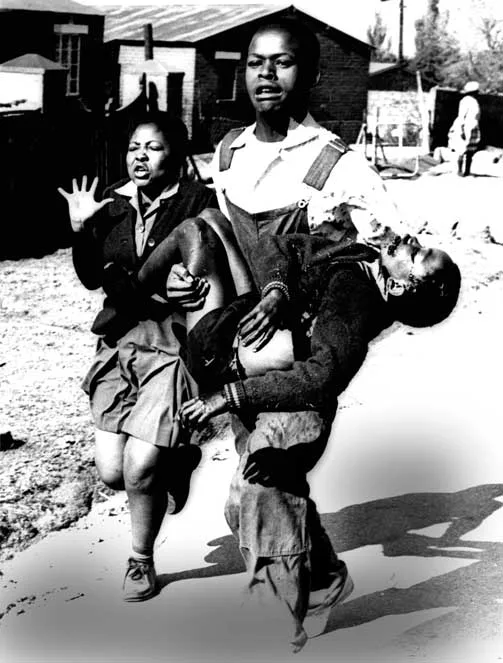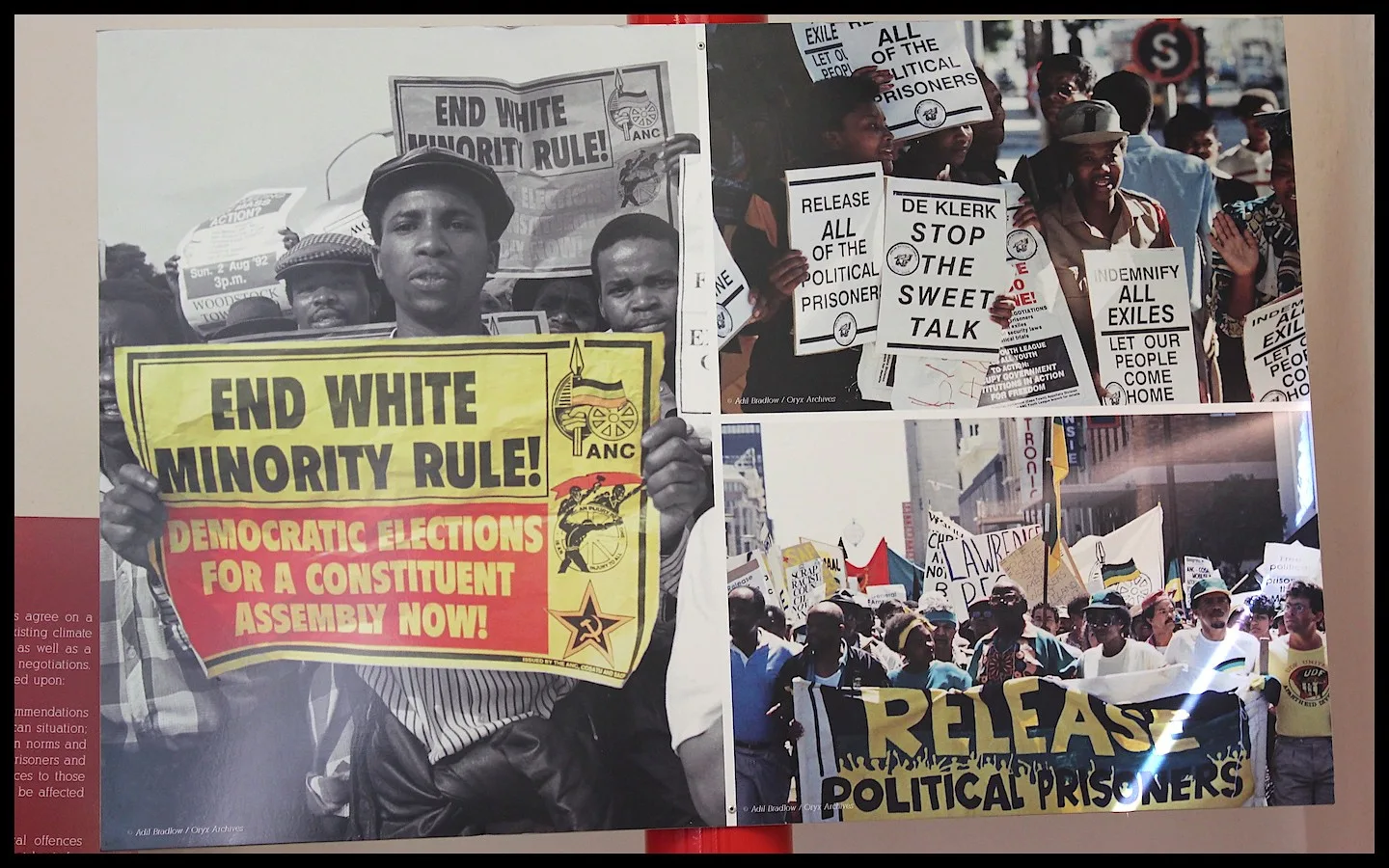On 21 May 2025, former President Trump met his South African counterpart, President Cyril Ramaphosa, in the Oval Office at the White House in Washington, D.C. During their meeting, Mr Trump repeated his allegations of “white genocide,” arguing that the South African government had neglected the plight of white farmers. Is white genocide a myth or reality?
President Ramaphosa refuted Trump’s claims, emphasising that South Africa’s land-reform legislation, including the Expropriation Bill, aims solely to redress historic injustices from the colonial and apartheid eras under strictly regulated conditions. However, to date, there have been no large-scale land appropriations.
Language oppression in South Africa
On 16 June 1976, the pavements of Soweto (an abbreviation of South Western Townships) became the scene of a monumental demonstration, as thousands of Black pupils marched to contest South Africa’s apartheid regime. What began as a protest against the compulsory teaching of Afrikaans in township schools evolved into a defining moment in the struggle for liberation, inspiring both domestic resistance and global outcry.
The 1974 decree by the South African government imposed Afrikaans, the language of the white minority, as a medium of instruction in Black schools. This served as the catalyst for the uprising. Many Black South Africans regarded Afrikaans as the “language of the oppressor” and wielded it as a tool of subjugation rather than education. On that fateful morning, an estimated 20,000 students abandoned their classrooms, brandishing placards that read “Down with Afrikaans” and “We want freedom in our own language.” Their mobilisation represented not merely opposition to a language policy, but a complete rejection of a system that denied them political rights, meaningful employment, and basic dignity.
As the young marchers approached police barricades, law-enforcement officers deployed tear gas, and live ammunition. Among the first casualties was thirteen-year-old Hector Pieterson, whose body was immortalised in a haunting photograph by Sam Nzima. He became a potent symbol of apartheid’s brutality. Official figures record 176 fatalities, though some estimates suggest as many as 700 lives were lost during the ensuing days of unrest. The rebellion rapidly spread to other townships and was met by further acts of violence from police and military personnel, resulting in thousands of injuries and hundreds of arrests.

Global Resonance and Political Consequences
The severity of the security forces’ response shattered any remaining international illusions that apartheid was a benign system of “separate development.” Within weeks, trade sanctions and cultural boycotts intensified. The Soweto Uprising invigorated the African National Congress (ANC) and allied liberation movements. Many student leaders went into exile and joined Umkhonto we Sizwe, the ANC’s armed wing, to continue the struggle through sabotage and guerrilla tactics. Although the government rescinded certain educational directives, genuine reform did not materialise until the dismantling of apartheid in 1994.
In recognition of the uprising’s profound importance, the post-apartheid administration designated 16 June as Youth Day, a national public holiday honouring the courage of those who risked and sacrificed their lives for freedom.
Aftermath of Apartheid to Contemporary Disinformation
By 2025, the term “genocide” had been appropriated by certain right-wing figures in the United States and elsewhere to describe the situation of South Africa’s white minority, particularly Afrikaner farmers. In a 2018 tweet, then-President Donald Trump asserted that white farmers were being “killed in large numbers” and had their land “confiscated” under a state-sanctioned campaign. Elon Musk has likewise warned of an “anti-white agenda” in South Africa.
Yet objective data paint a markedly different picture. In 2024, of the 26,232 recorded murder victims, only eight were farmers of any racial background. The South African Police Service’s report for April 2022 to March 2023 documented 51 farm murders out of 27,494 homicides overall, with no indication of systematic, race-based targeting. As crime analyst Alec Newham observes, “Murder victimisation is much more related to class, gender and location than it is to race.”
The Persistence of Myth
For some, the idea of white genocide bolsters a perception of Western decline and white victimhood; for others, it serves as a rhetorical device to derail land-reform initiatives. The invocation of “genocide” mirrors the propaganda once employed by the apartheid state to dehumanise Black South Africans and legitimise its oppressive policies.
Today, just as the youth of Soweto resisted linguistic coercion in 1976, South African society must confront and dispel contemporary distortions of truth propagated by fear-mongering and disinformation.
